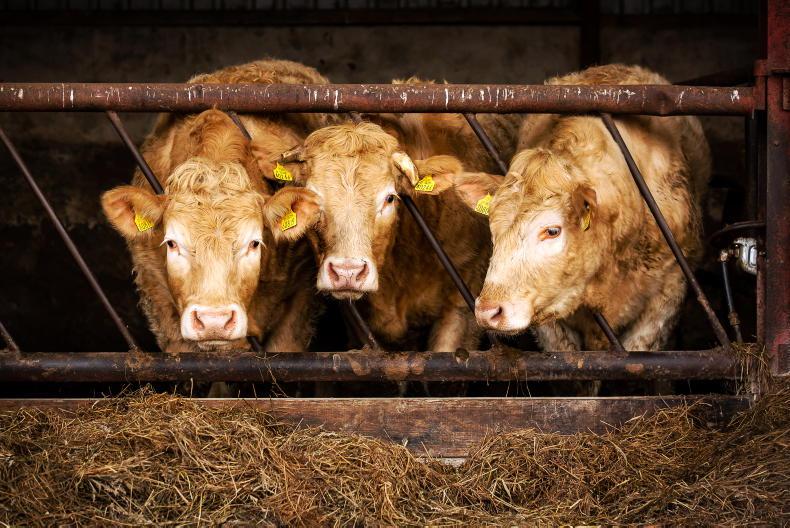There are growing reports of farmers noticing lice bothering cattle, despite animals being treated for such parasites shortly after housing time.
A second lice treatment can be a common enough requirement, especially in sheds with poor airflow where dust and cobwebs are common.
Lice also thrive in sheds with poor natural light and in sheds with high stocking densities.
Mild conditions over the past fortnight have also provided ideal conditions for lice to multiply and spread. Store cattle that are persistently bothered by lice will not be gaining weight.
Signs
When entering the cattle shed, pay attention to the number of animals scratching on gates or barriers, as well as licking at the coat.
A spot-on product that targets biting and sucking lice can be easily applied to animals and clipping a strip along cattle’s backs can help with control.
In sheds where all animals can access the feed face at the same time, it is possible to walk behind cattle and apply the pour-on to animals once fresh feed is offered.
This avoids having to remove cattle, especially heavily pregnant cows from group pens so close to calving.
When treating for lice, all cattle in each shed have to be treated at the same time to get an effective kill.
Read more
Five tips for slurry spreading in early spring
Sheep price update: downward pressure remains on lamb prices
There are growing reports of farmers noticing lice bothering cattle, despite animals being treated for such parasites shortly after housing time.
A second lice treatment can be a common enough requirement, especially in sheds with poor airflow where dust and cobwebs are common.
Lice also thrive in sheds with poor natural light and in sheds with high stocking densities.
Mild conditions over the past fortnight have also provided ideal conditions for lice to multiply and spread. Store cattle that are persistently bothered by lice will not be gaining weight.
Signs
When entering the cattle shed, pay attention to the number of animals scratching on gates or barriers, as well as licking at the coat.
A spot-on product that targets biting and sucking lice can be easily applied to animals and clipping a strip along cattle’s backs can help with control.
In sheds where all animals can access the feed face at the same time, it is possible to walk behind cattle and apply the pour-on to animals once fresh feed is offered.
This avoids having to remove cattle, especially heavily pregnant cows from group pens so close to calving.
When treating for lice, all cattle in each shed have to be treated at the same time to get an effective kill.
Read more
Five tips for slurry spreading in early spring
Sheep price update: downward pressure remains on lamb prices






 This is a subscriber-only article
This is a subscriber-only article










SHARING OPTIONS: